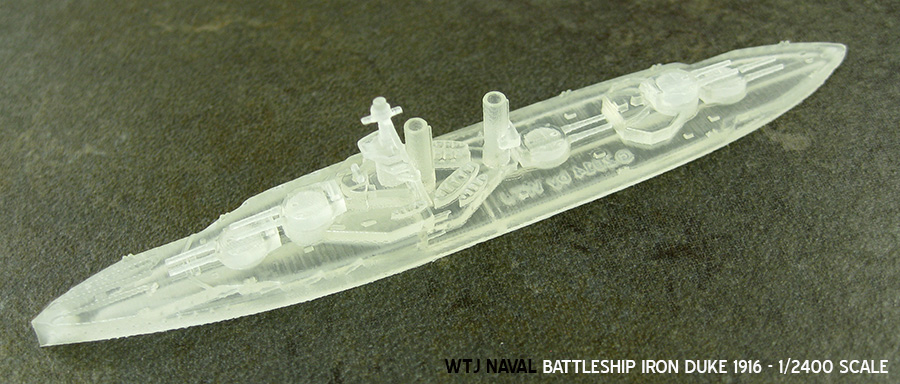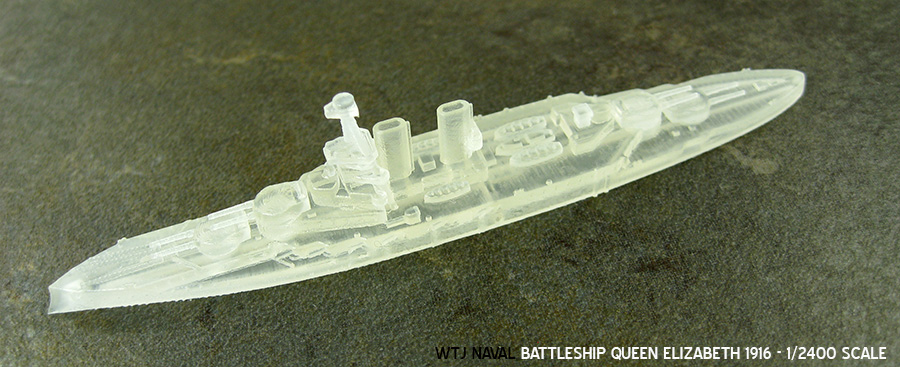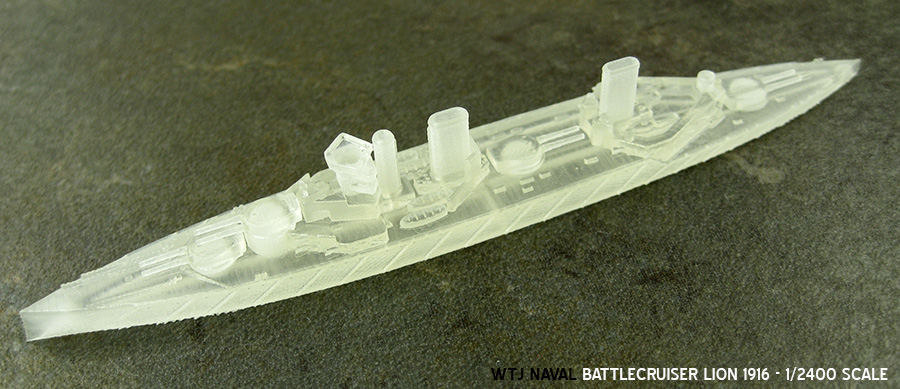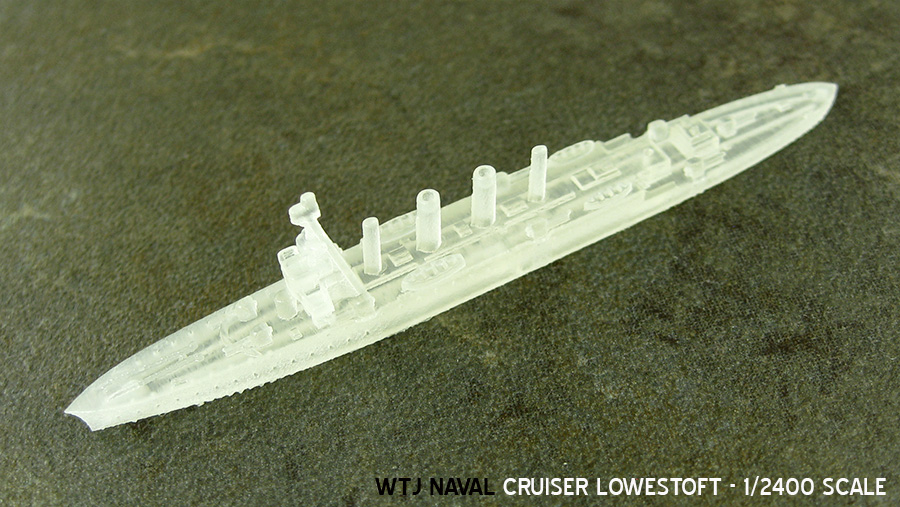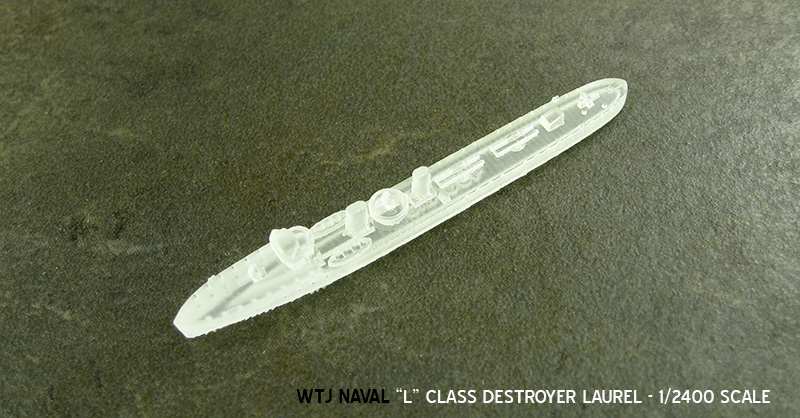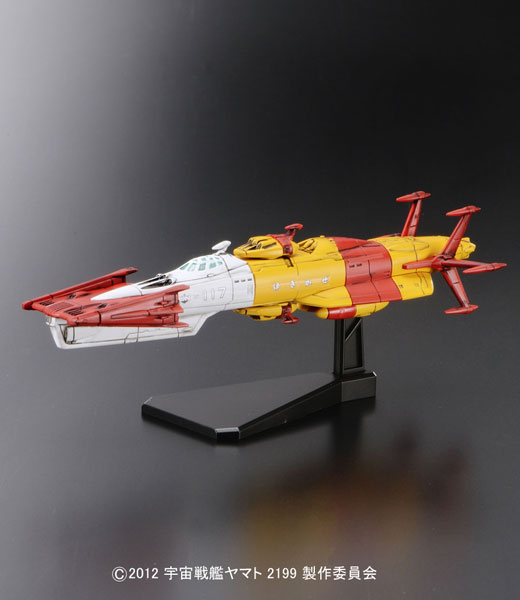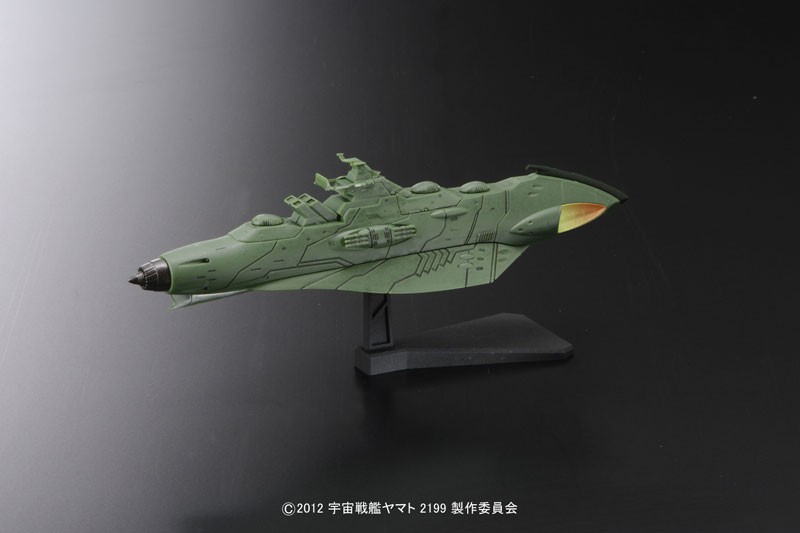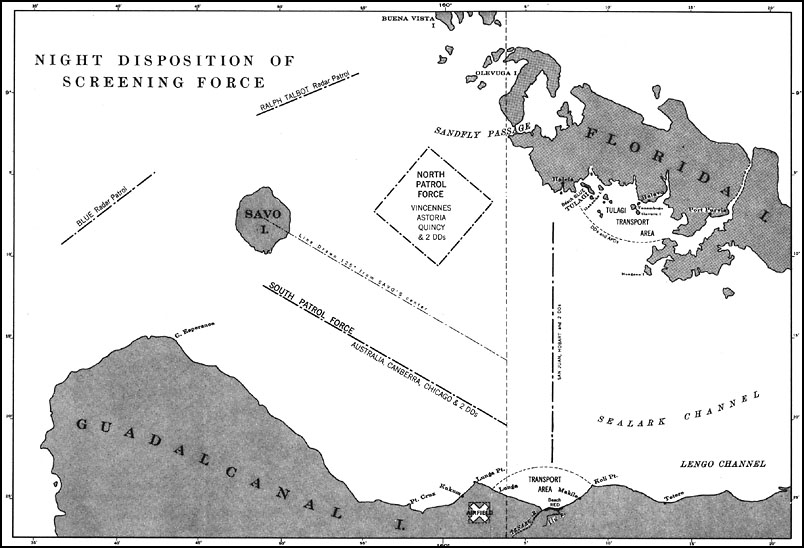
So, I am reading the second of "The Lost Fleet" books by Campbell. In the sense that there's vector movement and such, it is a more "realistic" series than so-called "space opera". But the technological challenges that have been solved are big - Faster Than Light travel, attack lasers, inertia dampeners, artificial ship gravity, etc. The friction of naval combat in their 'verse is well presented, and provides much of the reasons for tactical choices and the military success / failures that drive along the plot.
http://en.wikipedia.org/wiki/The_Lost_Fleet
Then last night I played scenario three of 2nd Ed. Starfire. There are 5 Khanate and 4 Terran ships, with Tractor Beams and Point Defense systems being introduced. I'm doing a batrep on it, so I won't go into details except to say that technology in Starfire - weaponry, specifically - shapes the tactics. As that is the designer's goal [as previously quoted in this blog on stardate 08/21/14] I accept this as a successful realization of his design intentions.
http://www.starfiredesign.com/starfire/introduction/
http://www.starfiredesign.com/starfire/introduction/
The importance - perhaps even the dominance - of technology in naval warfare has a huge impact on gaming any naval battle or campaign, whether factual or fictional. And let's face it, the "what if" naval games are sometimes the best ones, and what our own navy is doing today without a doubt! Even a small change in the technical balance can make the tactics of last month outdated this month, and a significant change can tip the naval balance from one extreme to the other. If it happens in history, we need to have our wargame rules present this difference and in a way that keeps the game master aware of its affect on game balance.

For example, in WWII gaming I've been using GQ3.3 by ODGW. It presents enough detail of every aspect of naval combat so that players have an opportunity to grapple with the friction of it, but handling the rules well doesn't become the object of the game. However, gaming a late war surface action of the USN v IJN won't be much fun for the IJN. The USN dominance in radar makes IJN smokescreens ineffective, and of course natural "terrain" such as fog banks give the USN a far greater advantage. The solution? I game night actions in the Solomons, small destroyer fights and the occasional big battle, during the early 1942-43 period. At that time there was a sort of technological parity between the two fleets, with IJN optics and training balanced by US early radar. The result? Good games with real tactical variety as each side seeks to optimize their advantages and the other's disadvantages. I believe early Mediterranean battles between the Italian and British fleets will be similarly balanced, and am saving them for a few years down the line. http://www.odgw.com/forums/index.php?/store/category/3-general-quarters-iii

http://en.wikipedia.org/wiki/Full_Thrust
And these games are where historical gaming experience and tactics meets speculative fiction, as the tactics one uses are determined by the relative interaction of technologies.
For the last solo Starfire battle, Scenario #3, I continued with my thought that it is best to keep the fleet together - preferably stacked in the same hex - at the expense of greater maneuvering. With so little terrain on the board, the best tactic seems to be to overwhelm a small ship each turn or two, thereby taking out its weapons and reducing the "broadside" of the squadron as a whole. In this paradigm, small ships represent a weakness as they are easier to damage, breaking down the shields and punching through the armor to get to the crunchy bits inside like weaponry. There's still an occasional temptation to maneuver, however. If one has the Initiative and some high-speed ships, it is possible at long ranges to "play the range band game" and put 1-2 of his ships in a better range band for you while depriving the rest of his ships the same advantage. This possibility also works to remind you to keep your own fleet together so that doesn't happen.
"Can you see where our shells are falling??" "Up 200, right 150!"
So the gist of this post is that there are two mutually exclusive naval tactics here. The first is ganging up ones effective fire on a single ship, taking it and its weaponry out of the action, while one's opponent does the same. The second is to be forced to spread fire out so that there's more of a slow attrition - except for the occasional critical hit - to the ships of both sides, necessitated by multiple ships targeting a single ship. The question to me as game master is "which type of game do I prefer to present to my players?"

It's relatively easy to put in a "to hit" modifier saying that if more than 1 or 2 ships target a single ship in a single fire phase, there's a penalty. For games where that is already a significant issue - all the historical games and "Battlefleet Gothic" - nothing need be added. "Original Starfire" doesn't have such a mechanic. Still trying to figure out if "Full Thrust" does.
For "Starfire", I'm thinking of using a squadron rule similar to BFG. Ships so organized would all have Datalink and be able to share Point Defense, and also reform to shield a weaker ship in some way [possibly by spreading half the hits out onto the other squadron's ships]. The catch is that every ship prioritizes its own survival, so if you only target one ship, then the entire squadron can help defend it. But if you fire at every ship, their defenses will prioritize their own ship and you can work to "isolate" your target ship. Have to think about it some more, but I think it would add a lot to the tactical feel of the game.
For "Starfire", I'm thinking of using a squadron rule similar to BFG. Ships so organized would all have Datalink and be able to share Point Defense, and also reform to shield a weaker ship in some way [possibly by spreading half the hits out onto the other squadron's ships]. The catch is that every ship prioritizes its own survival, so if you only target one ship, then the entire squadron can help defend it. But if you fire at every ship, their defenses will prioritize their own ship and you can work to "isolate" your target ship. Have to think about it some more, but I think it would add a lot to the tactical feel of the game.
The question is - what is more fun to play? Trashing a ship or two every turn, or wearing ships down over several turns of maneuvering so that they are forced to disengage or even blow up?

"We prefer to destroy a ship every turn, thank you very much!"
I have a preference for the latter at the moment [with all due respect to the Empire, we'll just have to agree to disagree]. It just feels more "right" to me due to historical naval gaming. What will real combat in space be like? Who knows??? But I know I want a satisfying game right here and now!
"We prefer to destroy a ship every turn, thank you very much!"
I have a preference for the latter at the moment [with all due respect to the Empire, we'll just have to agree to disagree]. It just feels more "right" to me due to historical naval gaming. What will real combat in space be like? Who knows??? But I know I want a satisfying game right here and now!

